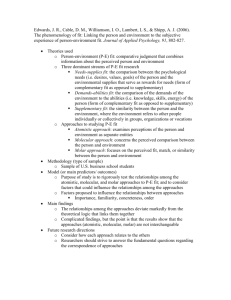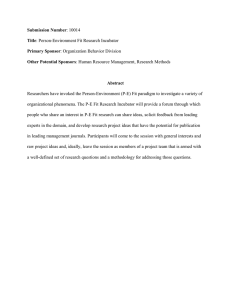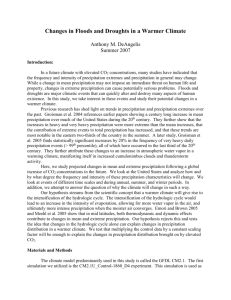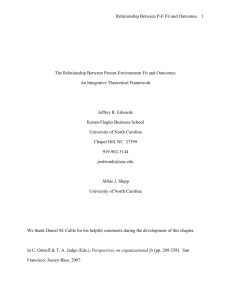Statistical Test Maps for P
advertisement
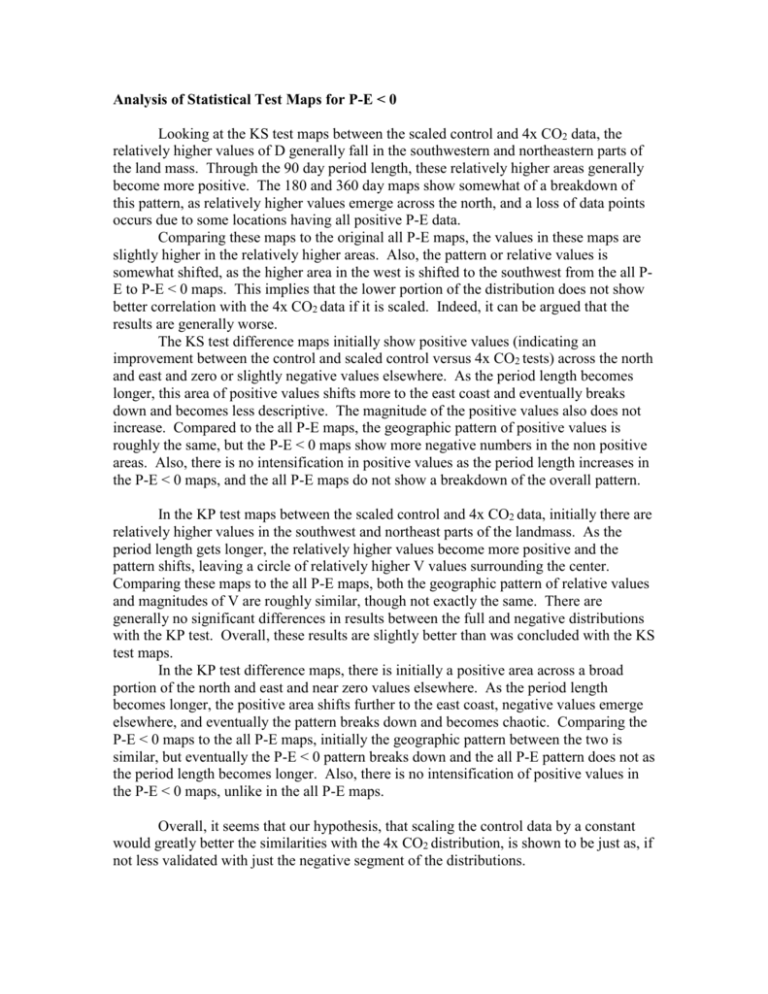
Analysis of Statistical Test Maps for P-E < 0 Looking at the KS test maps between the scaled control and 4x CO2 data, the relatively higher values of D generally fall in the southwestern and northeastern parts of the land mass. Through the 90 day period length, these relatively higher areas generally become more positive. The 180 and 360 day maps show somewhat of a breakdown of this pattern, as relatively higher values emerge across the north, and a loss of data points occurs due to some locations having all positive P-E data. Comparing these maps to the original all P-E maps, the values in these maps are slightly higher in the relatively higher areas. Also, the pattern or relative values is somewhat shifted, as the higher area in the west is shifted to the southwest from the all PE to P-E < 0 maps. This implies that the lower portion of the distribution does not show better correlation with the 4x CO2 data if it is scaled. Indeed, it can be argued that the results are generally worse. The KS test difference maps initially show positive values (indicating an improvement between the control and scaled control versus 4x CO2 tests) across the north and east and zero or slightly negative values elsewhere. As the period length becomes longer, this area of positive values shifts more to the east coast and eventually breaks down and becomes less descriptive. The magnitude of the positive values also does not increase. Compared to the all P-E maps, the geographic pattern of positive values is roughly the same, but the P-E < 0 maps show more negative numbers in the non positive areas. Also, there is no intensification in positive values as the period length increases in the P-E < 0 maps, and the all P-E maps do not show a breakdown of the overall pattern. In the KP test maps between the scaled control and 4x CO2 data, initially there are relatively higher values in the southwest and northeast parts of the landmass. As the period length gets longer, the relatively higher values become more positive and the pattern shifts, leaving a circle of relatively higher V values surrounding the center. Comparing these maps to the all P-E maps, both the geographic pattern of relative values and magnitudes of V are roughly similar, though not exactly the same. There are generally no significant differences in results between the full and negative distributions with the KP test. Overall, these results are slightly better than was concluded with the KS test maps. In the KP test difference maps, there is initially a positive area across a broad portion of the north and east and near zero values elsewhere. As the period length becomes longer, the positive area shifts further to the east coast, negative values emerge elsewhere, and eventually the pattern breaks down and becomes chaotic. Comparing the P-E < 0 maps to the all P-E maps, initially the geographic pattern between the two is similar, but eventually the P-E < 0 pattern breaks down and the all P-E pattern does not as the period length becomes longer. Also, there is no intensification of positive values in the P-E < 0 maps, unlike in the all P-E maps. Overall, it seems that our hypothesis, that scaling the control data by a constant would greatly better the similarities with the 4x CO2 distribution, is shown to be just as, if not less validated with just the negative segment of the distributions.
